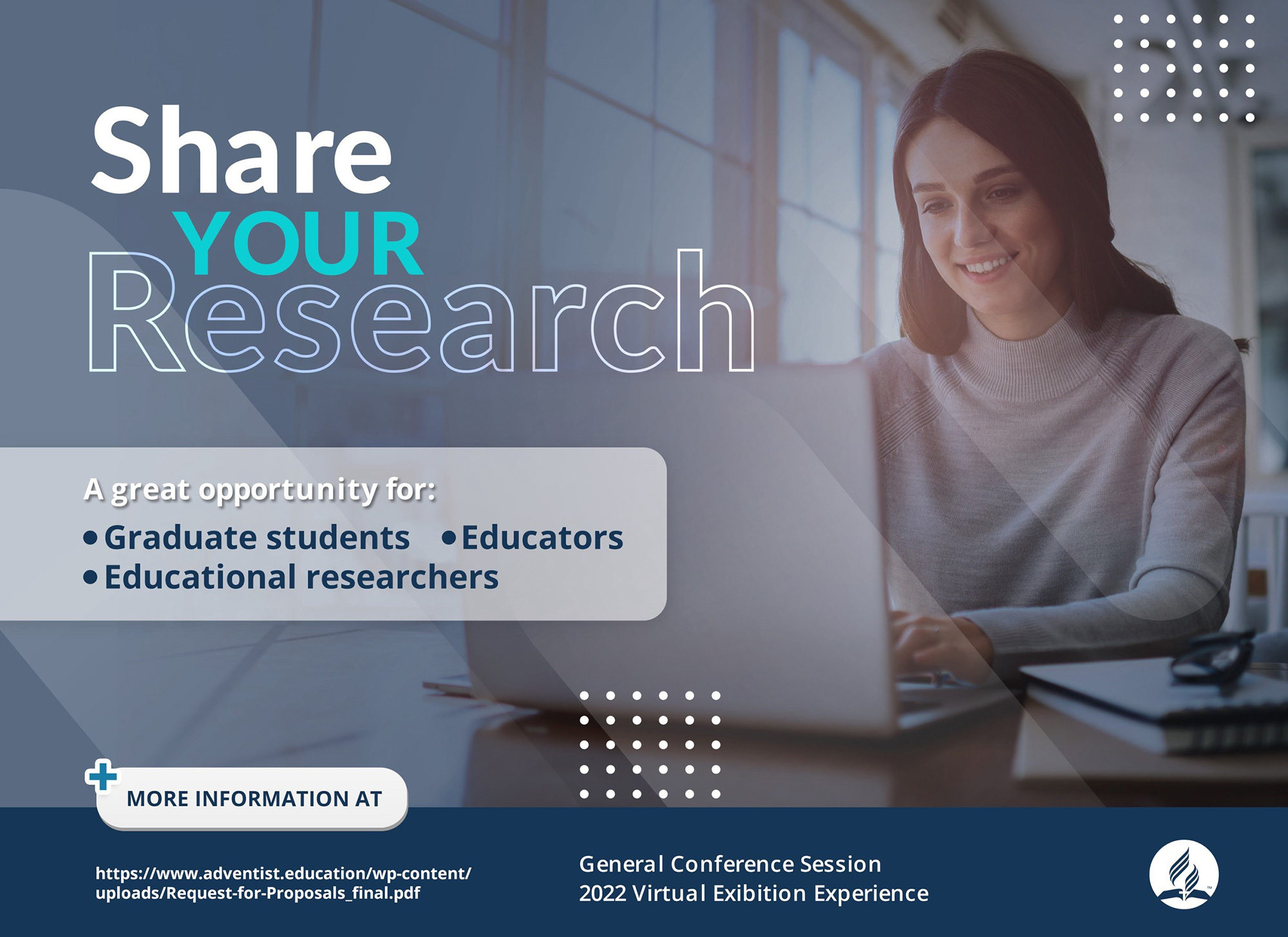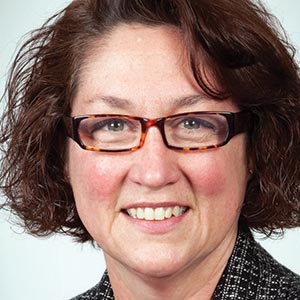They looked amazing! Dressed in their most professional attire, all 32 senior nursing students were ready to present their virtual research posters in our final ZOOM meeting for the semester. The excitement was palpable; they were days away from graduating as new nurses. After setting up the timeframe and virtual environment presentation criteria, my colleague, Dr. Walker, and I split the group into two breakout rooms, with one professor in each room. For the next 90 minutes, students presented their virtual posters before a peer audience and guests. The presentations were excellent; the students asked engaging, probing questions; and the time flew by. Although we could not meet face to face in our large lecture hall in the nursing building, we still had a wonderful time and learned much. At the end of the session, all the students returned to the main ZOOM room. Suddenly, one of them counted to three, and immediately large posters with the words “Thank you, Dr. Walker & Dr. Aka!” filled every screen. I could not contain my smile and happiness for their success.
The pandemic prompted rapid agility and adaptation in education environments and virtual learning spaces. Many teachers discovered highly effective ways of transforming validated teaching and learning approaches into new and exciting methods. Virtual platforms provided innovative opportunities for connecting with students. One such method, the scholarly virtual poster presentation, offers many benefits.
Why Use Scholarly Virtual Presentations?
While in-person poster presentations offer opportunities for networking and one-on-one conversations, virtual poster presentations have several advantages over in-person events. Virtual posters can be created at little to no cost and easily edited or modified. Poster presentations can be live or pre-recorded, making presentations more accessible to a larger audience. Virtual posters can be displayed in a virtual space 24/7 over one or more days and can be shared with a broad audience with just a click of a mouse.
In addition, because the “reach” of virtual posters may extend beyond a traditional in-person event, there is an opportunity to reduce research redundancy within disciplines and create synergy between student groups, researchers, or organizations. Virtual poster presentations may even foster future opportunities for collaborative research across the globe, reinforcing a “learning culture” within participating organizations.
What Is a Virtual Poster?
A virtual poster has the same components as a printed poster. The researcher must create a pleasing display of a large amount of content using simple texts and images. Posters can be built using PowerPoint presentations, WORD, Google slides, or other programs. Depending on the poster criteria and the virtual platform used for poster display, features of posters may include a title, purpose statement, keywords, introduction, literature review, research methods, findings, recommendations, summary, and suggestions for future research (see Box 1).
Posters should be constructed with the same care as a printed poster. When developing the poster, use 16-font letter-size or bigger; keep images and text simple and clean; allow for empty space appropriately; ensure that spelling, grammar, and punctuation are correct; and provide references as necessary. Creating, editing, receiving feedback, and final preparation of virtual posters can be done easily online. Depending on the poster presentation digital platform and the volume of posters to be displayed, the researcher may want to brand his or her virtual poster with the sponsoring entity’s logo.
Unlike hard-copy posters, virtual poster presentation platforms may also have media and communication features that allow researchers to provide more in-depth information than in-person events. For example, virtual posters can contain embedded videos, links to websites, or downloadable documents. In addition, some digital platforms may allow for real-time question-and-answer sessions or space for visitors to type in questions and researchers to respond.
What Are the Benefits?
The digital environment is flexible and accessible. It allows for scalability and is eco-friendly. Virtual posters can maximize these elements and extend the “reach” to a broader audience, creating multiple connecting points with attendees, topic experts, and organizations through enhanced media-rich content, well beyond the traditional poster. Virtual poster presentations may even provide an avenue for Adventist entities worldwide to collectively present and share research and innovation.

The 2022 General Conference Virtual Exhibition Experience
The 2022 General Conference (GC) Virtual Exhibition Experience will occur during the GC Session, June 6-11, 2022. This first-of-a-kind event will host a poster hall, where Adventist organizations and academic entities from around the globe will display research posters and provide presentations (see Boxes 2 and 3 for examples and additional resources).
The General Conference Education Department is offering a Research Award of US$50 paid directly to the GC Virtual Exhibition to cover the submission fee for a maximum of 20 selected awards. This is a unique professional opportunity for graduate students, educators, and educational researchers to connect with a global audience, engage in professional development, and grow global professional networks. For guidelines and examples of virtual posters, visit https://www.gcsession.org/virtualexhibits/sample-page/boothdesign/poster-presentations-why-what-how-and-benefit-to-exhibitors/. For more information about the Research Award, visit https://www.adventist.education/wp-content/uploads/Request-for-Proposals_final.pdf.
We can’t wait to see you there!
Recommended citation:
Sharon Aka, “The Virtual Poster Presentation: An Innovative Way to Connect and Share,” The Journal of Adventist Education (2022). Available at https://www.journalofadventisteducation.org/en/2021.83.3.10.




